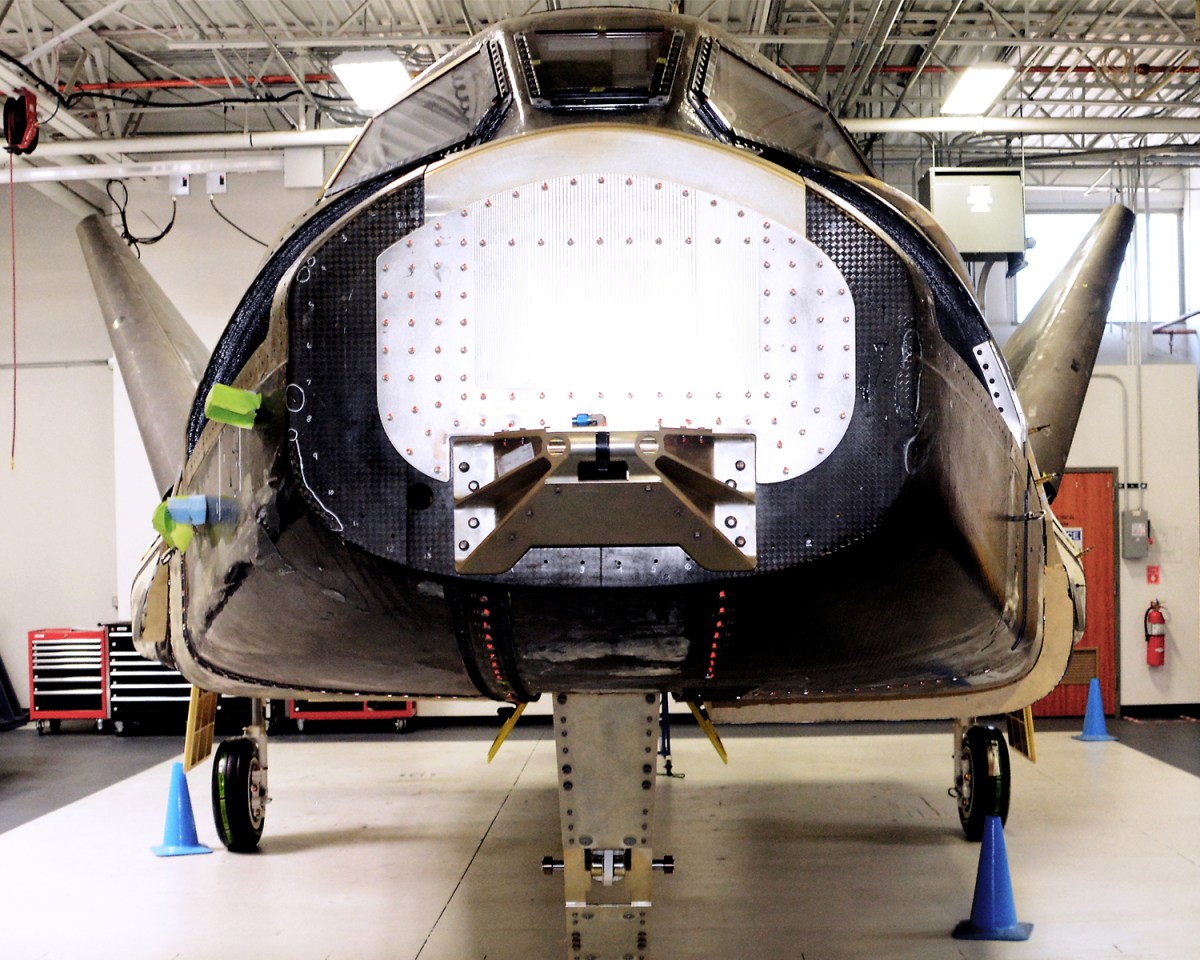 By Steven Siceloff,
By Steven Siceloff,
NASA’s Kennedy Space Center, Fla.
Heat shield tiles are getting stronger to make the next generation of American spacecraft safer as they experience searing heat and plasma on their way back into Earth’s atmosphere for landing.
The Thermal Protection System Facility is equipped with a variety of specialized tools to produce the precise tile shapes unique to each spacecraft’s design. For the first time since 2011, about 75 media and social media representatives toured the workshop and got a glimpse into how tiles are developed. Demonstrations also were performed, such as how waterproofing tiles protects spacecraft from rain, sleet and snow.
 Tiles developed in the facility were used on NASA’s Orion spacecraft, which performed its first flight test in December 2014. Data obtained about the thermal protection system during the flight test will help engineers refine the spacecraft’s system ahead of its first uncrewed flight, Exploration Mission-1, and first crewed mission to orbit around the moon in the 2020s, preparing NASA for longer journeys to Mars.
Tiles developed in the facility were used on NASA’s Orion spacecraft, which performed its first flight test in December 2014. Data obtained about the thermal protection system during the flight test will help engineers refine the spacecraft’s system ahead of its first uncrewed flight, Exploration Mission-1, and first crewed mission to orbit around the moon in the 2020s, preparing NASA for longer journeys to Mars.
Jacobs Technology engineers are producing test samples that will be used to protect the Dream Chaser spacecraft under development by Sierra Nevada Corporation (SNC) in partnership with the agency’s Commercial Crew Program. The facility is the same workshop that produced space shuttle heat shield tiles at NASA’s Kennedy Space Center for more than 30 years.
SNC continues to advance its development of the reusable Dream Chaser spacecraft that launches vertically atop a United Launch Alliance Atlas V rocket and returns to Earth for a runway landing. Like the shuttle, the Dream Chaser will use several kinds of protective materials on the outside of the spacecraft to form a protective barrier. Tiles made from improved silica-based blocks will make up most of the belly and upper portion of the heat shield, while a new material developed at NASA’s Ames Research Center called “TUFROC” will cover the nose and leading edges. Those are the surfaces that must resist and mitigate the highest temperatures the spacecraft experiences from the friction of re-entering Earth’s atmosphere. Another factor that makes the tiles desirable for a heat shield: they are mostly air. As a result, the tiles are extremely lightweight, a vital factor for spacecraft design in which weight is the primary driver of launch costs.
At first glance, the white blocks with a Styrofoam texture look no different than the thousands of blocks made for the space shuttle heat shields before being coated with a black ceramic material. But these new blocks incorporate advanced materials, making them stronger while maintaining the capability to prevent searing plasma from jeopardizing a spacecraft or its crew during the hazardous phase of a mission as the crew returns from orbit through Earth’s atmosphere on the way to a landing.
The nose skid of the Dream Chaser currently is outfitted with thermal protection system tiles to assess performance in preparation for a free-flight test of the spacecraft at the agency’s Armstrong Flight Research Center targeted for later this year.




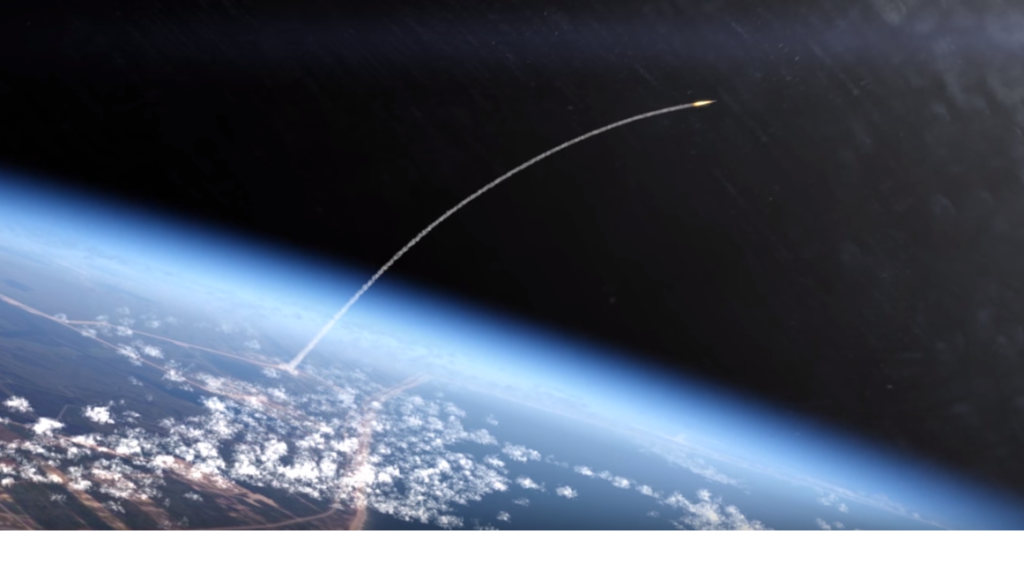
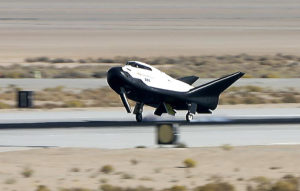
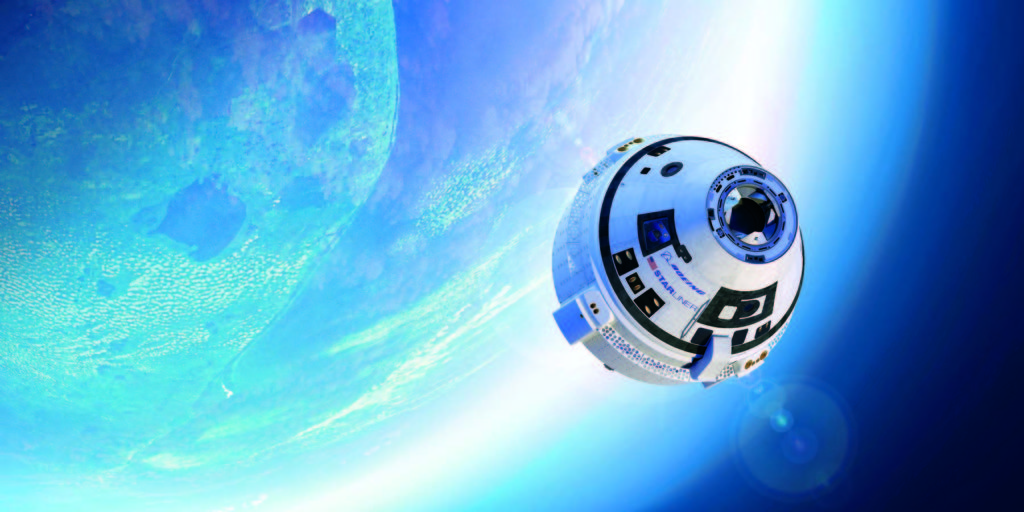
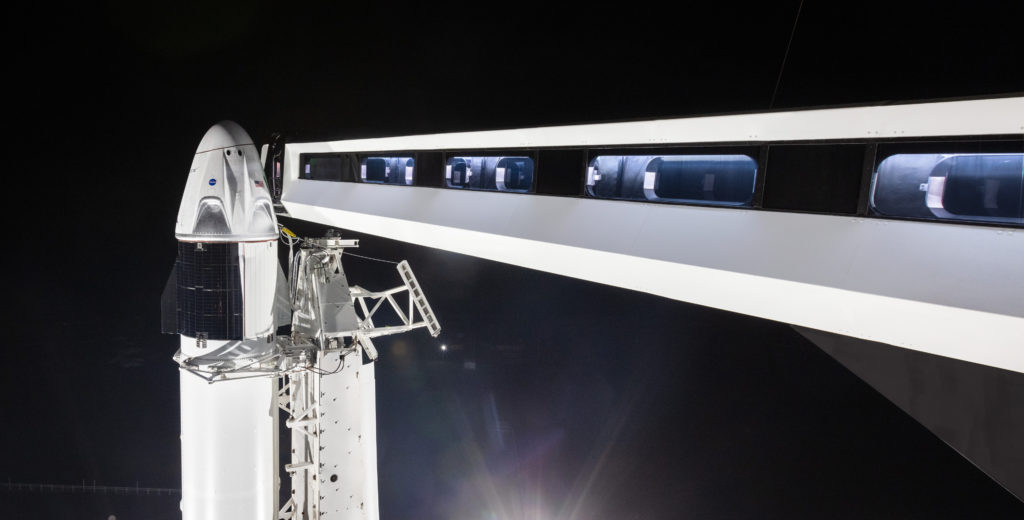


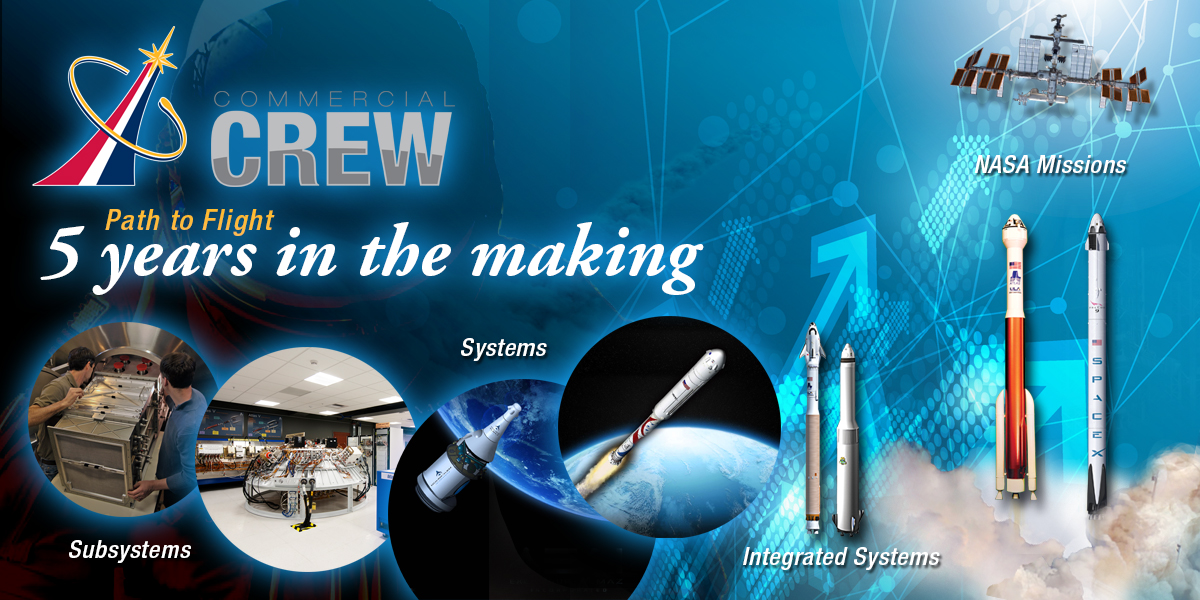
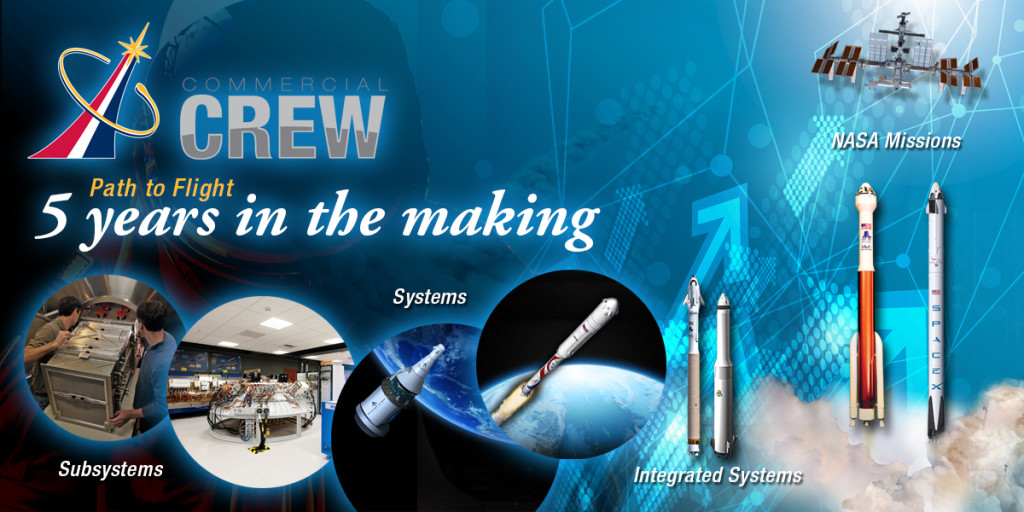

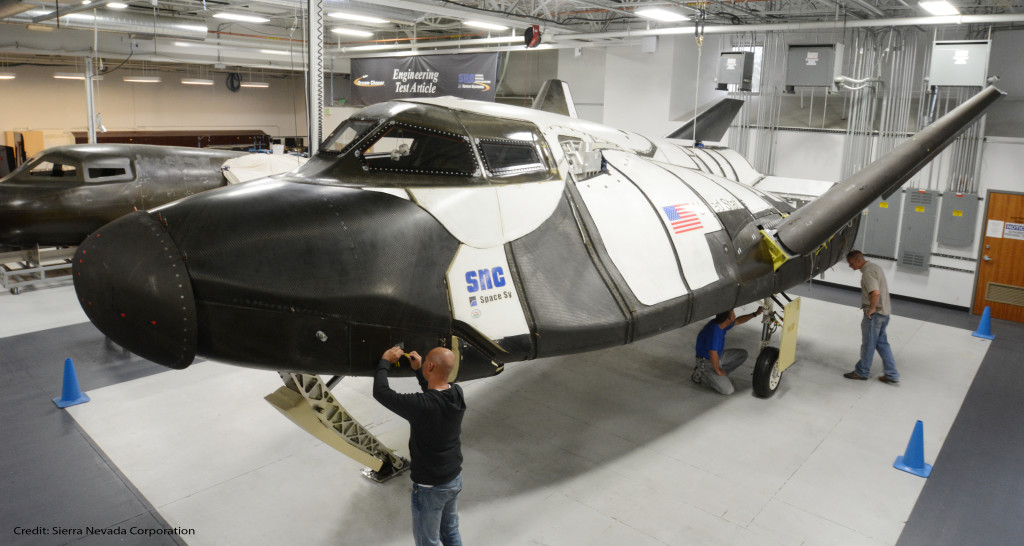
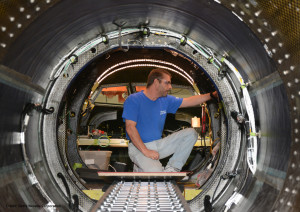 A full-scale engineering test article of Sierra Nevada Corporation’s Dream Chaser spacecraft is nearing completion leading to a second round of atmospheric evaluations at NASA’s Armstrong Flight Research Center in Edwards, California. The flight testing, which calls for the Dream Chaser to be released high over California’s Rogers Dry Lakebed and glide to a safe landing, will build upon an earlier free-flight test milestone that returned valuable data for the design team.
A full-scale engineering test article of Sierra Nevada Corporation’s Dream Chaser spacecraft is nearing completion leading to a second round of atmospheric evaluations at NASA’s Armstrong Flight Research Center in Edwards, California. The flight testing, which calls for the Dream Chaser to be released high over California’s Rogers Dry Lakebed and glide to a safe landing, will build upon an earlier free-flight test milestone that returned valuable data for the design team.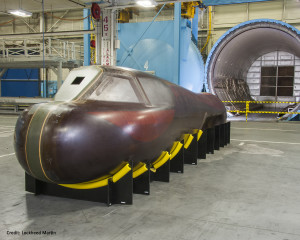
 By Steven Siceloff,
By Steven Siceloff, Tiles developed in the facility were used on NASA’s Orion spacecraft, which performed its first flight test in December 2014. Data obtained about the thermal protection system during the flight test will help engineers refine the spacecraft’s system ahead of its first uncrewed flight, Exploration Mission-1, and first crewed mission to orbit around the moon in the 2020s, preparing NASA for longer journeys to Mars.
Tiles developed in the facility were used on NASA’s Orion spacecraft, which performed its first flight test in December 2014. Data obtained about the thermal protection system during the flight test will help engineers refine the spacecraft’s system ahead of its first uncrewed flight, Exploration Mission-1, and first crewed mission to orbit around the moon in the 2020s, preparing NASA for longer journeys to Mars.